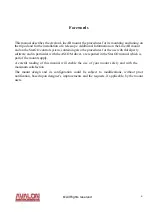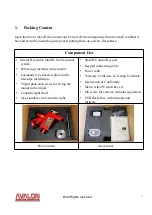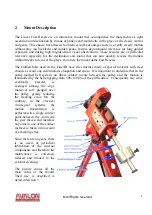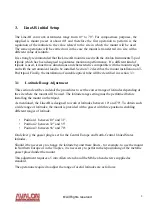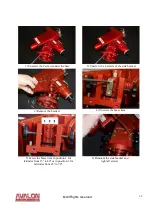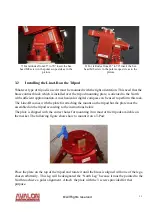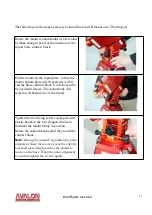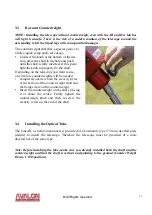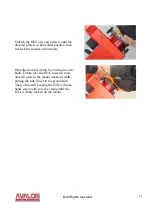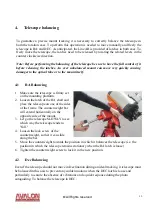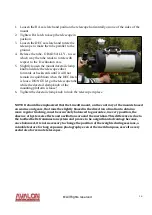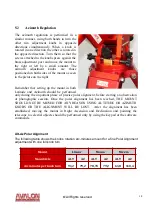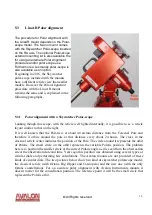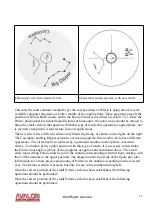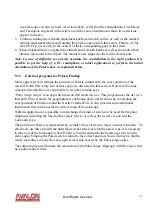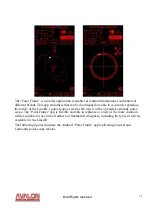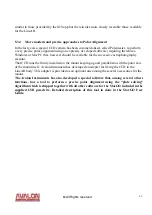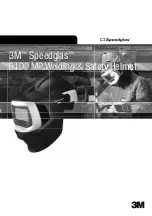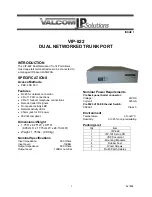
Polarscope view with classical reticle
Skywatcher polarscope view with new reticle
Currently the most common method to get the exact position of Polaris is using one of several
available computer programs or, better, mobile device applications. These programs provide the
position of Polaris both visually and in the hourly format as described in section 5.3.3. Once the
Polaris position has been determined in terms of hour angle, the polar scope should be rotated to
bring the small circle in that position. With this type of reticle this operation is approximate, but
is accurate enough and is satisfactory for most applications.
The new reticle has a different and more efficient engraving, as shown on the figure on the right.
The Cassiopeia and Big Dipper asterisms are missing and the Polaris orbit circle has a different
appearance. The circle has been replaced by a graduated annulus made up three concentric
circles. To obtain a precise polar position with this type of reticle, it is necessary to determine
the Polaris hour angle with any of the programs or applications mentioned above. The small
circle representing Polaris must be put in the annulus corresponding with that hour, starting with
the 0 of the annulus in the upper position. The diagram on the right side of the figure provides
information for a more precise positioning of Polaris in the annulus, depending on the selected
year. The Octans asterism is present, but only for use in the southern hemisphere.
Once the correct position of the small Polaris circle has been established,
the following
operations should be performed:
Once the correct position of the small Polaris circle has been established,
the following
operations should be performed:
©
All Rights reserved
20
Summary of Contents for Linear Fast Reverse
Page 3: ...All Rights reserved 3...

